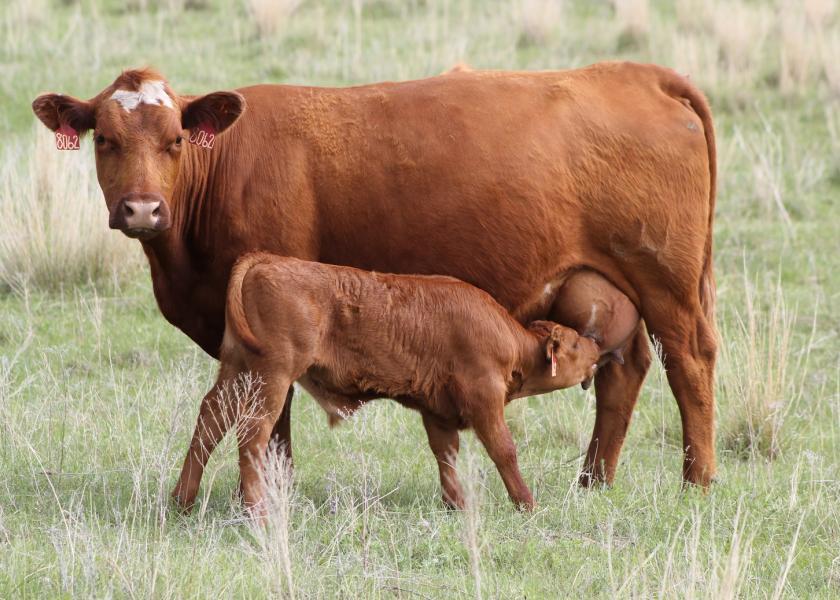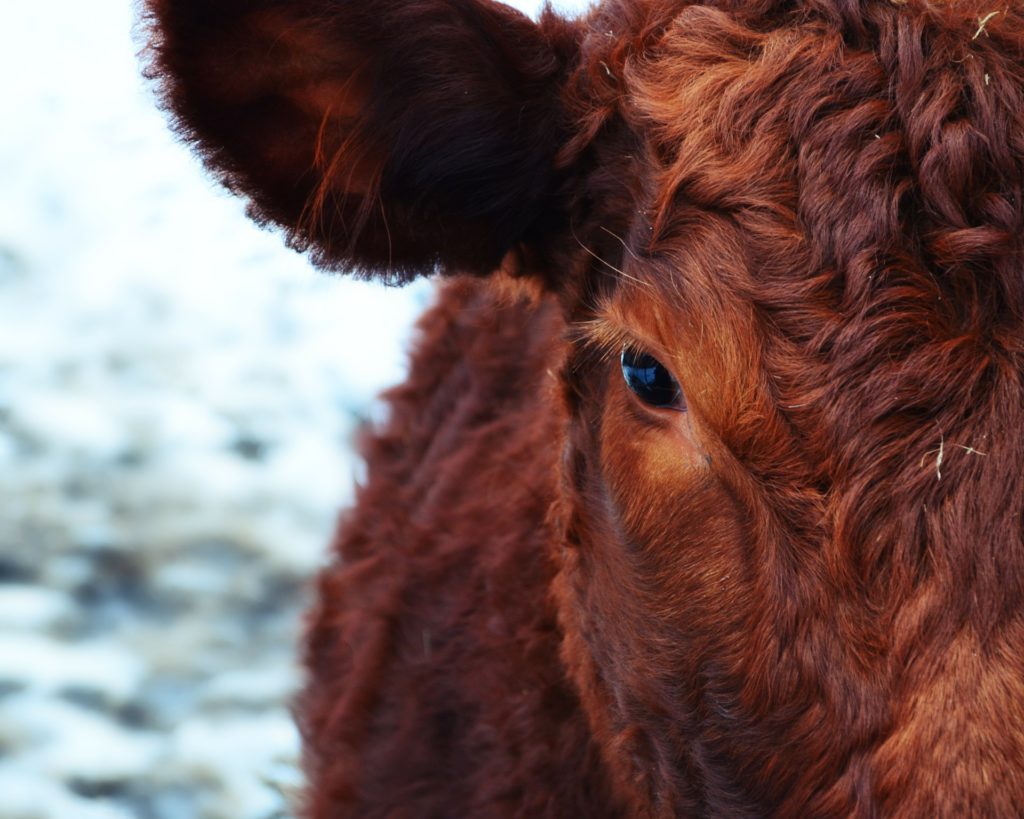Reproductive performance is important to the overall success and bottom line of an operation. Benchmarking may help focus limited management time on critical areas of an individual’s beef cow business.
Photo Credit: Farm Journal
Cows that calve on time are the number one indicator that cattle within that operation fit the managerial program. This happens simply from timely reproduction. Reproductive performance of an operation is important to the overall success and bottom line of that operation. Benchmarking may be beneficial as it can help focus limited management time on critical areas of an individual’s beef cow business. This year may provide opportunity to define an operations bottom line through outlining the calving season.
Mature Cow Herd
Calving distribution is one way producers can evaluate their herd’s reproductive performance from the previous year. The North Dakota Beef Cattle Improvement Association Cow Herd Appraisal Performance Software program (CHAPS) put out production benchmark data for calving distributions. According to CHAPS, 63% of the mature cow herd should calve within the first 21 days, 87% by 42 days, and 96% by 63 days of the calving season. If cows calving in the first 21 days is less than 60% and cows calving in the second 21 days of the calving season is greater than 25%, re-evaluation of the herd needs to occur.
First Calf Heifers
Heifers are traditionally bred to calve prior to the cowherd. Benchmarks related to first calf heifers include: 42% of heifers calving prior to their scheduled calving date, 76% of heifers by 21 days, and 88% of heifers by 42 days. The one group failing to meet these benchmarks are 3-year-old females. While every other age group has the largest percentage calving in the first 21 days, 3-year-olds have a larger percentage calving in the second 21-day period.
Breeding back first calf heifers and 3-year-old females can be a challenge and can disrupt the bottom line if those females are open following the breeding season or calve late in the calving season. Correct management of heifers is imperative to maintaining herd longevity. Proper reproductive management of young females may include breeding 2-3 weeks prior to the mature herd to ensure adequate recovery time following calving. Others may challenge their heifers by allowing only a short (30-day) breeding period to push selection pressure on reproduction. Ultimately, young females are still growing and have higher nutrient requirements than mature cows following their first calving. Therefore, it is important to ensure they are receiving the adequate nutrition to meet their nutrient requirements to maintain reproductive success. Remember to separate young females from the mature herd during this time as nutrient requirement of cows is lower and overfeeding the mature herd can become costly.
Importance of Calving Distribution
If a large majority of the herd fails to calve in the first 21 days of the calving season, those cows fall behind missing the opportunity to re-breed and subsequently, will fail to maintain a 365 day calving interval. Females that fall out of the desired calving window allow opportunity to consider managerial strategies to re-establish the desired calving distribution. It’s important to remain business minded when making decisions regarding the cow herd to ensure success.
So how can calving distribution effect the bottom line? Calf crops more uniform in size and age have market advantages and exceed returns over calves that lack uniformity in both age and weight. Therefore, more calves born earlier in the calving season wean more pounds of calf compared to calves born later in the calving season. At weaning, one day age difference can translate into 2.4lbs of weaning weight lost. If more than 25% of the herd is calving in the second or third calving window this leaves a large amount of pounds unpaid. Furthermore, research shows that females who calve in the first 21 days of the calving season remain in the herd longer.
Reaching Management Goals
Reproduction is the number one indicator of success on any operation. So how can some of these management goals be reached?
First, remain business minded. While we all have that favorite cow in the herd who may receive two or three breeding chances, it may be time to consider the financial implications she brings.
Second, set your goals. How do you want to see your herd perform? What benchmarks do you want to follow or set? How can you reach these goals and who can help you get there?
Third, make a plan. Decide which cows do not meet your production goals and disperse of them. Determine if the remaining females are in the calving benchmarks you desire. If those cows need to move up a cycle, consider using estrus synchronization to move those females back to the desired breeding season. If an estrus synchronization program will be implemented, consult your local Extension Specialist or Veterinarian to help set you up with an appropriate protocol and supplies.
Fourth, follow through with the plan. Ensure you have enough labor and resources to accomplish the job. Chose a breeding or bull let out day. If using a bull, ensure the amount of time the bull is out with the cows as well as bull/cow ratio is part of your management strategy and goals.
Fifth, confirm pregnancies in the herd. Once the cows are bred, have your veterinarian come and pregnancy check all the females to get an idea of the distribution you may have. Any females that are open allows that female to be sold as well as starts putting reproductive pressure on the herd.
Sixth, enjoy a shorter, more defined calving season.
Source: By South Dakota State University Extension January 17, 2023








